Thanks for the pictures. The thin gate and the inward curved legs would place your dutch oven toward the late 1800's. Again this is a shotgun date. As to the mark on the side, I think it is a result of a mould patch or a defect. Not a gate entry scar. As these moulds were reused, the fine sand was chipped away and the foundry pourer wound file away the jagged sand. The result was a bigger mound around the gate. Sorry I can't tell you the year this was made. I bought my first spider dutch oven twenty-two years ago. I have researched this topic for ten plus years. P & B (Nashville) also had a foundry in Birmingham, Alabama that closed during the Great Depression years. They made ornate rough iron casting like iron fencing, decorative iron. (What we call pig iron).
The Nashville foundry became a general order foundry after electricity replaced cast iron cook stoves. Stuff like cast iron anchor stars, that still can be seen on some older brick urban structures, to drainage gate filters along side of the first pot World War II sidewalks.
Long story short, you have a nice "pig eared" dutch oven that has evidence that places it around the 1890's or earlier. That being said, this is an educated guess. Some foundries used these moulds into the early 1930's, the wood fired cook stove was the death of these tri pod dutch ovens.
I like any Tennessee ( and some Alabama) cast iron.
Thanks for the pictures.
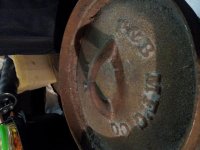
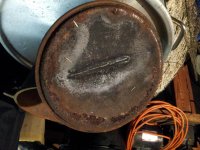
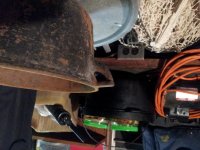




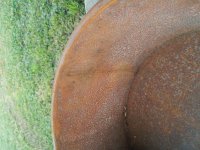
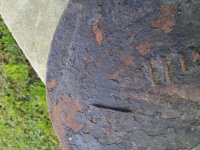
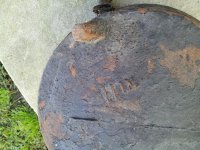
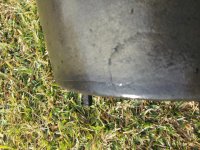
![20180313_170720[1].jpg](/forum/data/attachments/4/4500-ddae4ba814101ff32927a9cca4ab7447.jpg?hash=3a5LqBQQH_)
![20180313_170746[1].jpg](/forum/data/attachments/4/4501-9120eebc7249f26c919a77573c1be377.jpg?hash=kSDuvHJJ8m)
![20180313_170915[1].jpg](/forum/data/attachments/4/4502-23776ae017615af05d460a5269fb8df8.jpg?hash=I3dq4BdhWv)